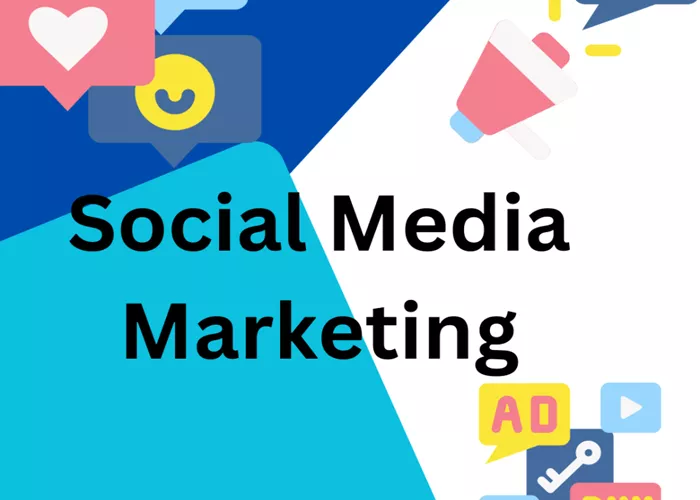In the rapidly evolving digital economy, social media marketing has emerged as a powerful tool for small and medium-sized enterprises (SMEs), particularly those newly established, to compete with larger firms. These platforms offer cost-effective channels to reach diverse consumer segments, boost brand visibility, and generate sales. However, the effectiveness of social media campaigns often varies, influenced by factors intrinsic to both the business and its target audience.
Recent research highlights that consumer innovativeness — the willingness and eagerness of consumers to try new products or services — plays a crucial role in moderating how social media marketing affects the overall marketing performance of new SMEs. Understanding this moderating effect is vital for SMEs aiming to maximize their marketing investment returns and build sustainable growth.
Social Media Marketing Drives SME Growth
Social media platforms have revolutionized the way SMEs engage with customers. Unlike traditional advertising methods, social media enables direct, real-time interaction and personalized communication, which can enhance customer trust and loyalty. For new SMEs with limited budgets, social media provides a unique opportunity to level the playing field against more established competitors.
Through targeted advertising, influencer partnerships, and user-generated content, SMEs can cultivate vibrant online communities that drive repeat business and brand advocacy. However, successful campaigns require not just presence but strategic content creation that resonates with the specific preferences and behaviors of their audience.
Moreover, social media’s data analytics tools allow SMEs to measure campaign effectiveness accurately and adjust their strategies dynamically. This adaptability is crucial in today’s fast-paced market, where consumer preferences shift rapidly and competition is intense.
The Moderating Effect of Consumer Innovativeness
Consumer innovativeness significantly influences how audiences respond to social media marketing efforts. Highly innovative consumers are more likely to engage with new brands and technologies, making them prime targets for novel and creative marketing campaigns. Their openness can accelerate word-of-mouth referrals and social sharing, amplifying the reach and impact of SME marketing initiatives.
Conversely, consumers with lower innovativeness tend to be more cautious, often preferring familiar brands and proven products. For these consumers, aggressive marketing tactics or unfamiliar messages may trigger resistance or skepticism, reducing campaign effectiveness. Therefore, recognizing this variability is essential for SMEs to tailor their messaging appropriately.
By segmenting customers based on their innovativeness, SMEs can design differentiated strategies that cater to diverse consumer profiles. This targeted approach helps in optimizing marketing budgets by focusing resources where they are most likely to yield results.
Practical Implications for SMEs
For new SMEs, the key takeaway is the importance of aligning social media marketing strategies with the innovativeness levels of their target market. Campaigns targeting highly innovative consumers should emphasize creativity, novelty, and engagement, encouraging trial and social sharing. Features such as interactive polls, live streams, and influencer endorsements can be particularly effective.
On the other hand, marketing efforts aimed at less innovative consumers should focus on building trust and demonstrating value. Testimonials, guarantees, and clear product information can help alleviate doubts and foster confidence. SMEs must balance innovation with reliability to appeal to this segment.
Additionally, SMEs should leverage consumer data and analytics to continuously monitor how different segments interact with their marketing efforts. This ongoing insight enables timely adjustments and improves overall campaign performance, ensuring resources are allocated efficiently.
Looking Ahead
As digital technologies evolve, so too will consumer behaviors and expectations. SMEs must stay agile, continuously adapting their social media marketing tactics to remain relevant and competitive. Understanding the moderating role of consumer innovativeness offers a strategic advantage, allowing SMEs to better anticipate customer reactions and tailor experiences accordingly.
Furthermore, emerging trends such as augmented reality, social commerce, and AI-driven personalization will further transform the social media marketing landscape. SMEs that proactively integrate these innovations while accounting for consumer innovativeness will be better positioned for long-term success.
In conclusion, consumer innovativeness is not merely a background factor but a central element shaping the effectiveness of social media marketing for new SMEs. By recognizing and strategically responding to this dynamic, SMEs can unlock greater marketing performance and establish a stronger foothold in their markets.
Related Topics
- TikTok Ad Revenue Could Top $32B — If It Doesn’t Lose Its Biggest Market
- Sociable: Longer Clips Are Gaining Traction on TikTok, Data Shows
- Hostess Speaks The Language of Snacks with Pun-Heavy Brand Platform

